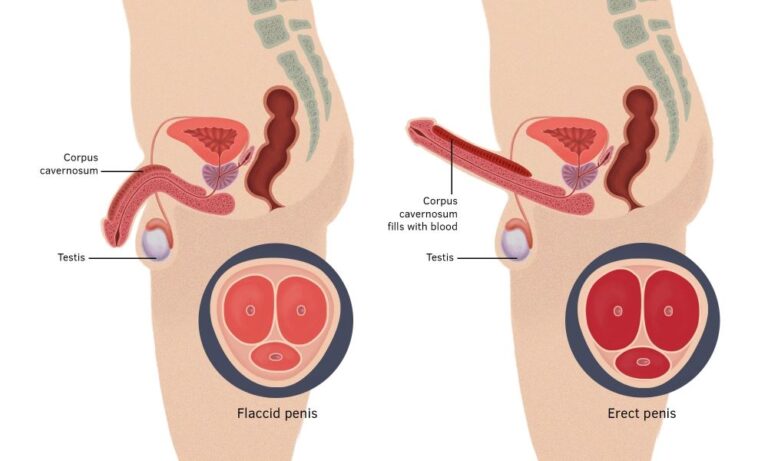
Whether you are anatomically female or male, your pelvic region holds various structures and organs that might induce pain if they are not operating properly. Pelvic discomfort can be broad and difficult to pinpoint or quite specific and acute. The location of your pain, as well as the nature and degree of your pain, offers clues that assist your physician in determining the source of your discomfort and devising a care plan to alleviate it. Sometimes, it may indicate a severe disease requiring immediate medical attention, including various OB/GYN concerns or trauma. Regardless of the cause, pain management expert Jay Shah, MD, and his staff can assist you in obtaining relief from pelvic pain in Colonia. However, it is essential to first understand what factors trigger the development of this problem to select an ideal care approach and avoid the same concern in the future. Read on to find out more!
What Are the Neutral Causes of Pelvic Pain?
Your pelvic region begins beneath your navel and reaches your hips and pelvic bone. Once any of these pelvic organs or other structures is infected or compromised, discomfort can spread across the abdomen. Some prevalent causes of pelvic discomfort in both men and women include:
- Constipation
- Intestinal disorders
- Hernia
- Appendicitis
- Kidney stones
- Scar tissue or adhesions
- Nerve damage or slipped discs
- Muscle spasms
If you experience severe, intense discomfort on the lower right side of your abdomen, you might have a ruptured appendix or appendicitis. Appendicitis could culminate into a potentially fatal infection; thus, you should visit the emergency department as soon as possible.
Other possible causes of pelvic pain in both sexes include:
- Infections of the urinary tract (UTI)
- Cystitis
- Malignant or benign tumors
- Sexually transmitted infections (ST1s)
Pursue expert attention immediately if you experience an acute discomfort accompanied by fever or loss of consciousness, nausea, and vomiting.
What Are the Female-Specific Causes of Pelvic Pain?
Pelvic discomfort is common amongst women during their menses. Nonetheless, pain is never natural and is a symptom that one or more organs are not working properly. Some of the women-related causes of pelvic discomfort include:
- Endometriosis
- Ectopic pregnancy
- Miscarriage
- Adenomyosis
- Ovarian mass
- Inflammation of the pelvis
- Ovulation pain or menstrual cramps
- Ruptured fallopian tube or ovarian cyst
Acute, severe pelvic or abdominal discomfort may indicate an ectopic pregnancy, a ruptured tube, or a cyst, which could be fatal. Therefore, seek immediate care.
What Are the Male-Specific Causes of Pelvic Pain?
The most prevalent male-specific reason for pelvic discomfort in men is swelling of the prostate gland, also known as prostatitis. A bacterial infection is frequently associated with prostatitis. Additionally, most men experience pain from pelvic floor dysfunction.
Do not dismiss pelvic pain! To determine the root cause of your pelvic or abdominal discomfort, Dr. Shah of SamWell Institute for Pain Management performs a comprehensive physical exam and acquires a detailed family and medical history. If necessary, he may request imaging scans and other diagnostic testing procedures. Once the fundamental concern is established, he creates an individualized care plan, picking from various cutting-edge pain management approaches, such as physical therapy, radiofrequency ablation, and nerve blocks. Call the office or request an appointment online to find lasting relief for your pelvic pain.





